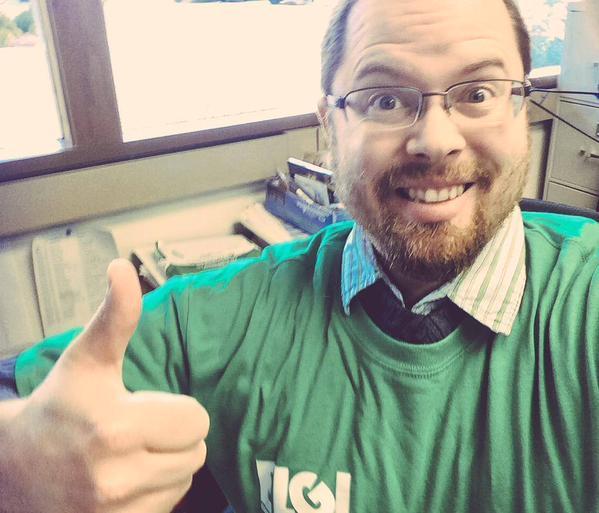
By Sam Taylor, Connect: Twitter & LinkedIn
Last night I introduced to our Planning Commission a high-level view of what a strategic vision for a high-speed, municipal fiber optic network would look like, why it could be beneficial and what the next steps were for them to address.
Imagine downloading movies in 30 seconds, or bringing in gigantic new businesses to your community, all thanks to what is being considered the newest public utility in America: high-speed Internet.
This can be a complex topic, but I boiled it down to a succinct and manageable level of information. I’m very pleased to say that after last night’s presentation the commission was excited for us to basically begin the work building this network tomorrow!
Of course, there is much more work to be done. Strategic planning and visioning doesn’t happen over night. This process is very important, and it will speak to our overall philosophy, values and goals over the next 20 years.
For other local government folks trying to figure out where to go with this or what the benefits could be, please take a look at the staff report I wrote for our commission.
It’s a quick read.
Here are some pointers on the best way to approach complex issues and to explain them to advisory bodies, community members and elected officials both in a staff report and during a presentation:
1) Do your research. Understand the topic as best possible, spend time combing through news sources, program information (a great source of program evaluation and reporting comes from the Government Accountability Office, particularly on issues of federal significance … like telecommunications) and make sure you compile data on topics. All of this work helps you be prepared not only for writing a report but to answer questions after a public presentation.
 2) Take the research you’ve done and turn it into a story. Take a look at the staff report above. I took a GAO report on telecom competition and used it to show that when competition is present in a community it means millions in savings for residents. Show where things are working elsewhere and what it has meant to those communities, too. During the public presentation I began with what-if scenarios about Amazon bringing 400 jobs to our community and a 2-million-square-foot distribution facility. I painted a picture of a Microsoft programming campus where their workers from Seattle and Vancouver, B.C. could meet halfway thanks to our high-speed network. And then I pointed out to the commission that none of that will happen as it stands currently in our City, because we haven’t provided the necessary infrastructure to do so. Think that caught their attention? They might not agree with the overall analysis of an issue, but they’ll be more engaged and attentive during the discussion. These examples were strong visuals for the commission and audience.
2) Take the research you’ve done and turn it into a story. Take a look at the staff report above. I took a GAO report on telecom competition and used it to show that when competition is present in a community it means millions in savings for residents. Show where things are working elsewhere and what it has meant to those communities, too. During the public presentation I began with what-if scenarios about Amazon bringing 400 jobs to our community and a 2-million-square-foot distribution facility. I painted a picture of a Microsoft programming campus where their workers from Seattle and Vancouver, B.C. could meet halfway thanks to our high-speed network. And then I pointed out to the commission that none of that will happen as it stands currently in our City, because we haven’t provided the necessary infrastructure to do so. Think that caught their attention? They might not agree with the overall analysis of an issue, but they’ll be more engaged and attentive during the discussion. These examples were strong visuals for the commission and audience.
3) Help provide some discussion points. Complex topics often can get folks lost in the weeds. They might grab onto an item of interest that isn’t what you were hoping for as a focal point. Offer up one to three major focus points to help them get to the root of the issue. If you need them to answer specific questions to help further your work on an issue — well, tell them what you need.
4) Present information, and then hush. You’re there to provide information and then the discussion turns back to the body. This is their meeting and they need to have a robust conversation among themselves. Typically they’ll ask follow-up questions and may seek more guidance. But respect their need to have a healthy community conversation. This can be tough sometimes because as local government professionals we get passionate about the projects we work on. We want to help guide people and educate them. It really is trying to be helpful — but it may not be perceived that way. There is no need to try to prove that you know it all, trust me, they’ll ask for your help and thoughts if they need them.
